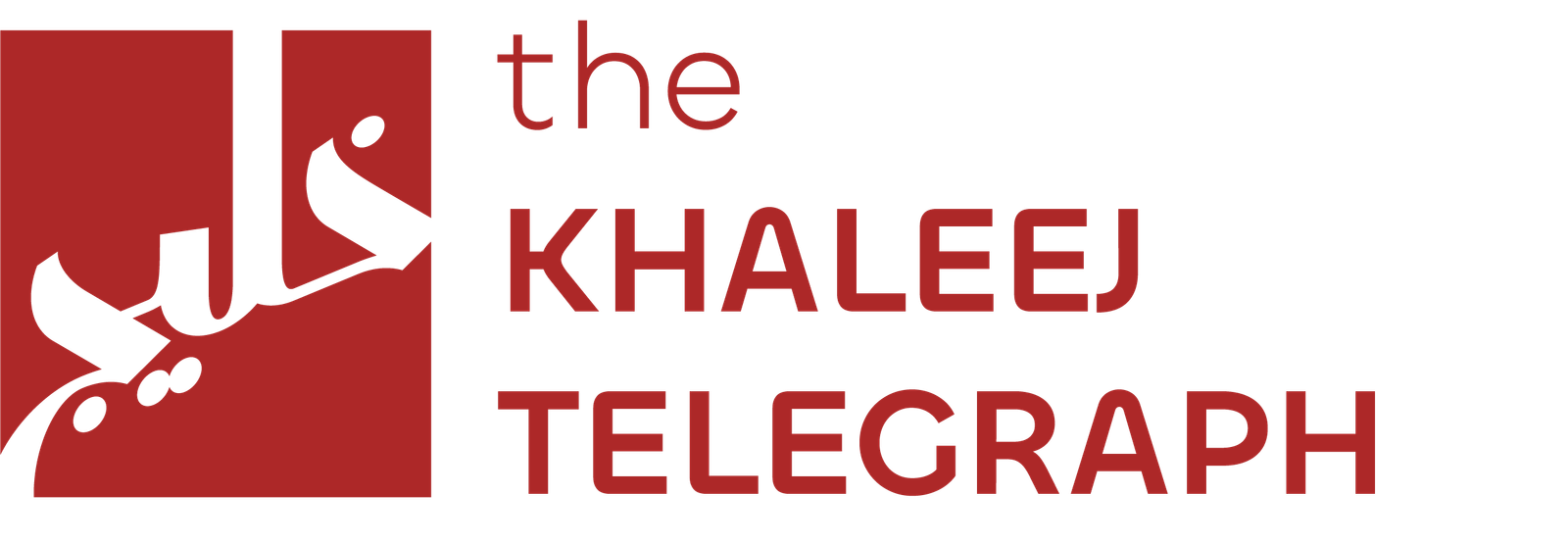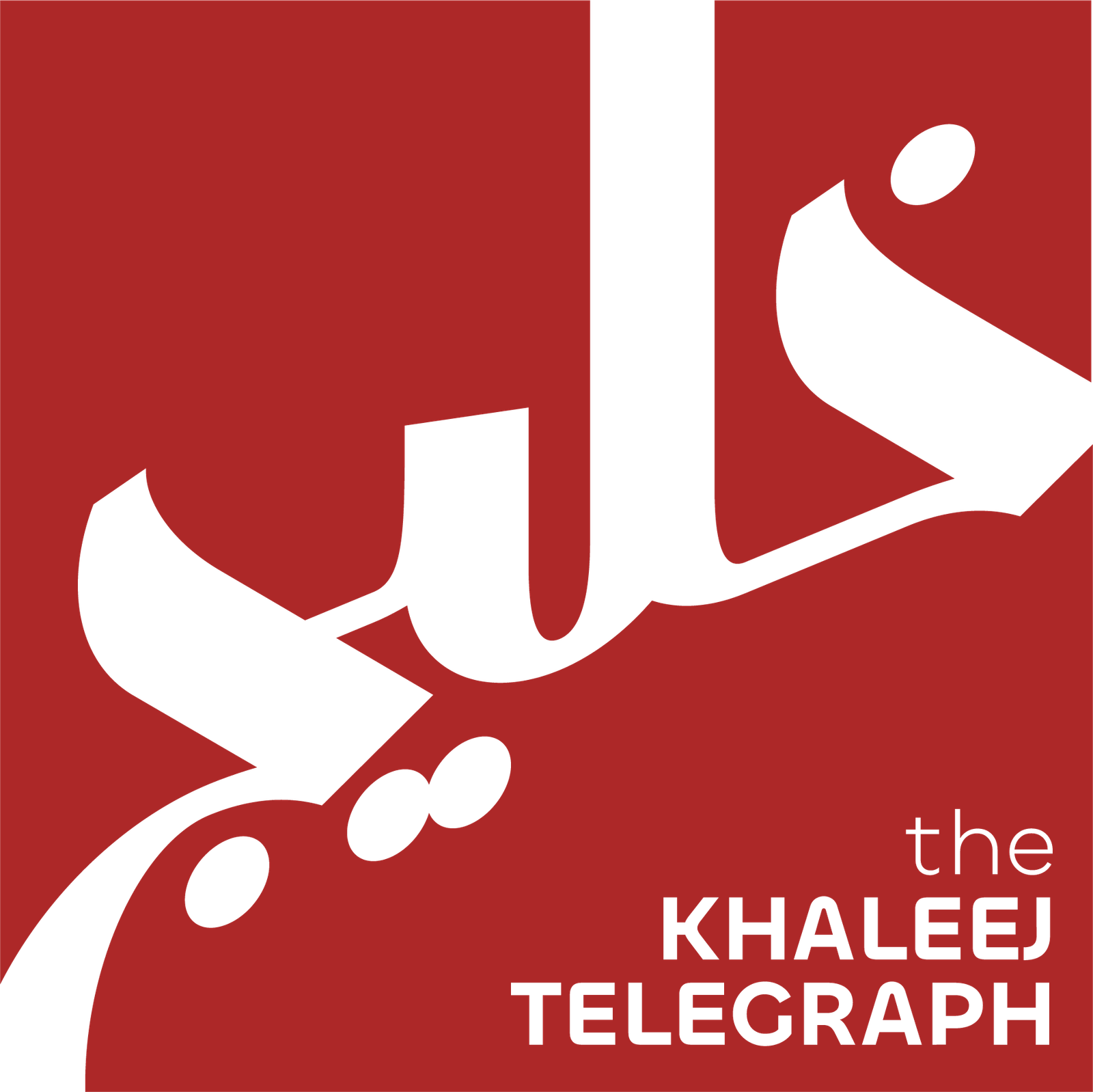Saudi banks issued a substantial $2.4 billion in new home loans, reflecting a 28.33% rise compared to the same month in 2024. This surge is part of Saudi Arabia’s ongoing push toward its Vision 2030 goal of achieving 70% homeownership in the country.
According to data from the Saudi Central Bank (SAMA), residential mortgage lending reached SR8.91 billion ($2.37 billion) in February. Of this total, apartment loans saw the highest growth, increasing by 46.45% to SR2.9 billion, In contrast, traditional house loans, although still dominant, experienced a slight decrease in share. Homes accounted for 62.6% of the market, down from 65.24% in February 2024, as the demand for apartments grows.
Home loans grew by 23.05%, reaching SR5.57 billion, while land loans remained modest, with a slight increase of just 0.61%, totaling SR436 million, The growth in home loans is part of the broader trend of increased demand, both from Saudi nationals and the growing expatriate population.
A recent report by Knight Frank indicates that 72% of both Saudi nationals and expatriates express a desire for homeownership, with this figure rising to 93% among high-income citizens earning over SR50,000 per month, Among expatriates, 77% also report interest in acquiring property within the Kingdom.
Despite this strong demand, affordability remains a critical barrier, particularly in major urban centers such as Riyadh. Since 2019, apartment prices in the capital have increased by 75%, while villa prices have risen by 40% In response to these challenges, Saudi authorities have initiated a series of reforms aimed at enhancing housing affordability.
In March, the government introduced measures to release additional land for residential development and to reduce price volatility in key areas of Riyadh. These initiatives aim to stabilize the market and improve access to affordable housing.
These efforts support the goals of Vision 2030, which seeks to liberalize real estate regulations and attract greater foreign investment. Authorities are implementing new legal frameworks to expand foreign ownership rights in strategic zones, including NEOM and the Red Sea region.
Although foreign nationals may purchase property in designated areas, most residential mortgages remain accessible primarily to Saudi citizens through government-backed programs such as Sakani and Dhamanat.
The Saudi home loan market is experiencing notable growth, driven by rising demand among both citizens and expatriates. Although affordability concerns persist, ongoing regulatory reforms aim to address these issues and promote broader homeownership across the Kingdom.


